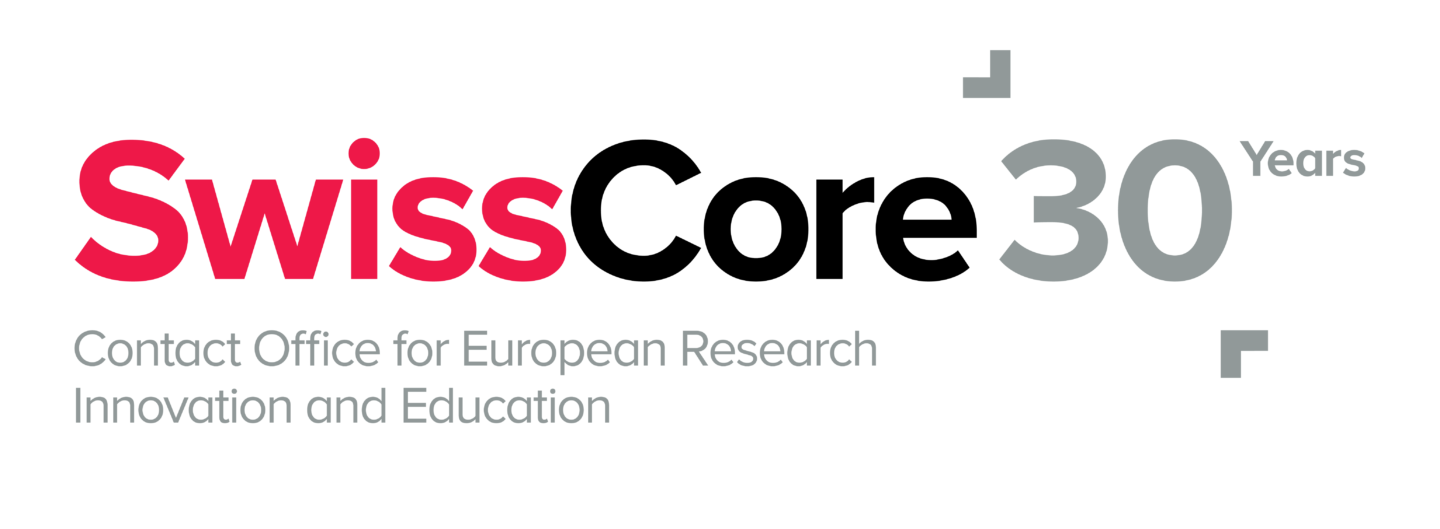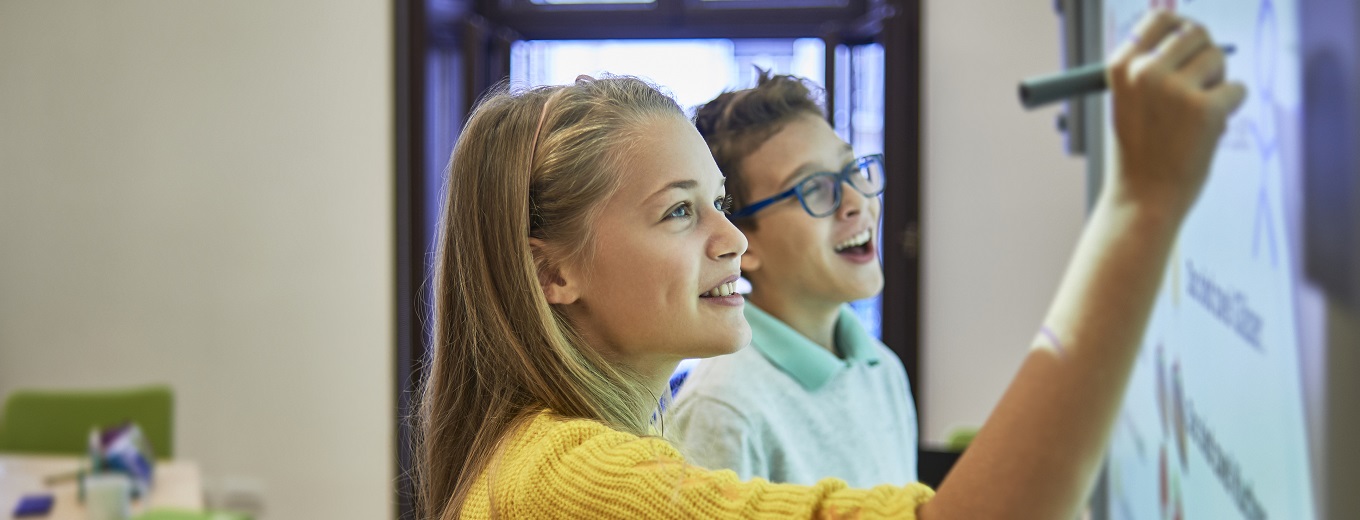New digital applications and tools are changing our educational landscape, the human factor remains unfortunately often forgotten.
Digitalisation of education is one of the focus topics of the European Education Area (EEA). The Digital Education Action Plan 2021-2027 (DEAP) sets out actions tackling new digital challenges and opportunities such as Artificial Intelligence (Action 6), digital literacy (Action 7) or women’s participation in STEM (Action 13). These actions are based on two key priorities: The development of a high-performing digital education ecosystem and the enhancement of digital skills and competences. An adequate balance between the technological and the human must thus also be found at the EU level.
In the context of the digital transformation of education in Europe, the Netherlands House for Education and Research (Neth-ER) organised an event on 7 March bringing together different stakeholders from the political and practical field of education to exchange best practices and ideas in two panel discussions. The name of the hybrid event ‘The human approach: succeeding the Digital Transformation in education’ refers to the focus of the debate: The individual should stay at the centre of the digital age.
The first panel dealt with the question of how to foster equal opportunities in the digitalisation of education on the policy level. Competences for new challenges and opportunities, such as ChatGPT, the balance between technological tools and the human factor in Erasmus+ projects, as well as the support possibilities from the government for educational institutions were discussed. Georgi Dimitrov, Head of Unit for Digital Education in the European Commission, gave some indications on the upcoming Commission proposal for a ‘Council Recommendation on improving the provision of digital skills’ (Action 10) which is foreseen for 18April 2023. The recommendation will put an emphasis on a coherent and holistic perspective for future initiatives on digitalisation of education, focus on teacher training and formation, who are considered as ambassadors and active participants of digitalisation, and call for more cross-national research to foster the education ecosystem. Training on digital skills in all education sectors to empower the agency of citizens and collaboration with different stakeholders as supporting actors will represent further elements of the proposal. Both priorities of the DEAP will therefore remain guiding principles for the recommendation.
The second panel focused on the implementation of the social dimension in digitalisation and was approached from a practical perspective. Marcel Kuiten, Dutch ambassador for eTwinning, presented promising projects between school classes which were able to exchange through the digital platform to get out of their comfort zone. Barend Last, education expert in blended learning, questioned the changing role of media, teachers and students and highlighted the importance of an adapting school system as a whole to allow sustainable digitalisation in education. Marieke Slootman, researcher in sociology, presented the Erasmus+ funded e-Inclusion project for more inclusive digital education, offering a wide range of guidelines, online modules and classes. She pointed out opportunities, such as more flexibility, diversity, open participation and increased agency of students, as well as new challenges, such as digital barriers, lack of digital literacy and lack of social presence, which come with the digital transformation in education. Last but not least, Snezhina Petrov from the European Education and Culture Executive Agency (EACEA) provided an overview of Erasmus+ opportunities to foster digitalisation of education, for example the Erasmus+ Teacher Academies.
A recently published report by the Commission illustrates how digitalisation of education can increase efficiency and inclusivity. The study from 7 February highlights the use of extended reality (XR) for education, the benefits it can bring and barriers that still exist for an effective implementation. The main uses of XR in education are for visualisation, virtual field trips, and storytelling. The human factor is thereby not forgotten, as aspects such as the development of transversal skills, an improvement in well-being and more inclusive education are addressed. XR can, for example, increase collaboration between students with disabilities. However, the use of XR in education is also critically questioned and the limitations of XR technologies are pointed out. Moreover, recommendations in regards of policy interventions and potential research and innovation areas are made, such as the development of guidelines for the use of XR in education as a way to increase awareness and acceptance.
To conclude, education is in a state of flux with the digital transformation. In all the discussions of digitalisation, the human should not be forgotten and must stay the priority, be it in policies or concrete actions, to enable inclusive and sustainable education in the digital transformation.

